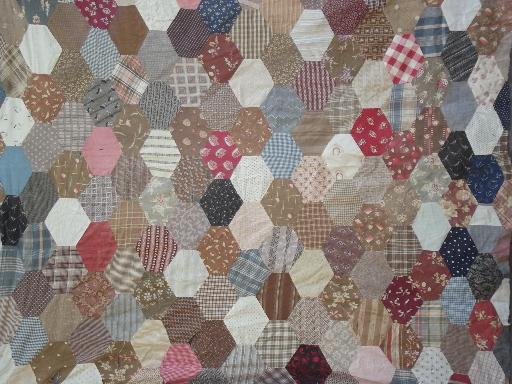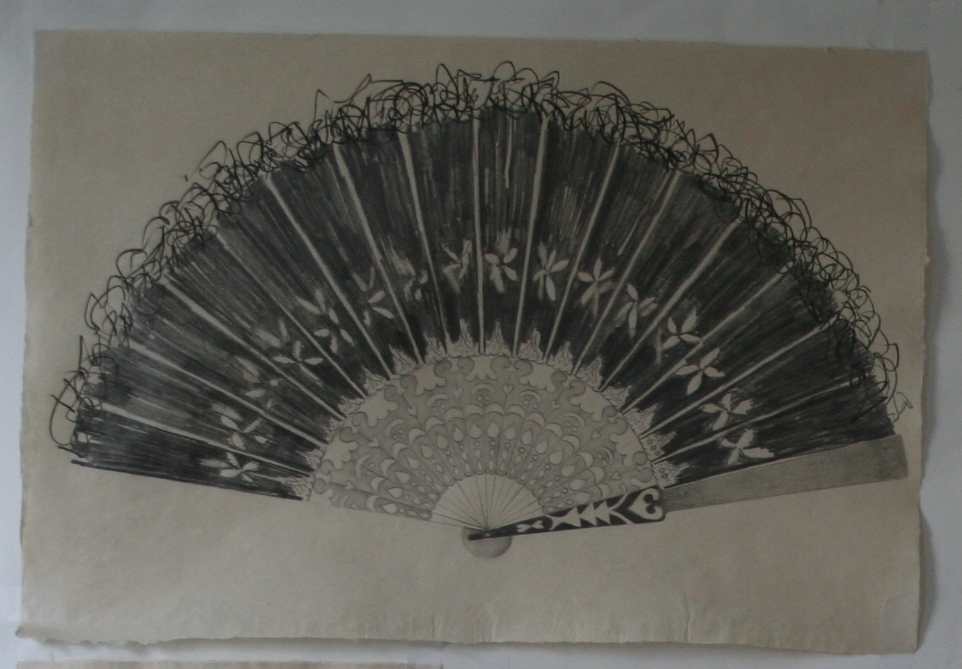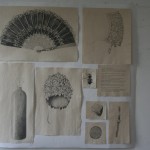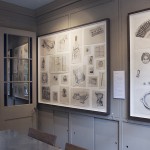Memory is precious. Orpheus knew to stay clear of the muddy waters of the Lethe, the Underworld’s memory erasing river. He knew, with one sip, he would never find his lover, Eurydice, and his way home again. It is this maintenance of memory in terms home and community I want to focus on here. In a world of fake news, info-bots and newsfeed addiction; of homogenous high streets, retail zones and housing estates, we face our own hypermodern Lethe.
Starting from evolutionary biology, the purpose of memory is not necessarily to merely remember the past but to extract from the past that with which one needs to structure one’s future. It’s the once bitten, twice shy or the fool me once rules of life. Memory is pragmatic, steering us away from future risks and towards experiences that sustain. Joanna J. Bryson talks about this as a patchwork quilt – a weaving together of past, present and future recollections and imaginings – that one cloaks oneself in as a means of personal and social maintenance and development.
In collective terms, memory works in a similar way. A significant aspect of our subjectivity is the way culture colours our worlds and our views. These cultures are entwined with the signs and stories we pass from generation to generation. I distinguish myself, in part, through the symbols that organise my culture. A major aspect of this is shared memory – the story of my grandparents’ legacy of jungle combat in Malaya, the shared family memories of caravan holidays in Wales, the communal memory that my place of birth was the cradle of the industrial revolution, the memory of Steve Bull in an England shirt, 1989, blink and you’ll miss it strike – that lad who played upfront for Tipton Town FC (who are they? Exactly!) just five years before, he was all of of us in that moment. These are shared memories, marking me out as part of a particular gang, rooted in a time-space.
Environmental Psychology offers a critical lens for these ideas. Critics like Clare L. Twiggler-Ross and David L. Uzzell argue that place identification functions in a similar way to any other social category: coming from your town is as important as your ethnicity, gender, sexuality, class. This argument presumes we’re not nomadic, as many people indeed are, as such it might be better to say that a sense of rootedness has an impact on identity and perhaps Bryson’s quilt of memory is part of the formation of that rootedness. Charis E Anton and Carmen Lawrence suggest that sense of place is shaped by memories, ideas, feelings and values set within a specific locale. Niall Griffiths and Anthony Cartwright explore this in their novels, where landscapes are symbolically charged with folklore, history, family memories. Like Bryson’s metaphor, readers cannot distinguish the sutures between these things: Griffiths’ characters are imbued in equal measure by the ghosts of the valleys, the gangs in the housing estates, miners strikes and tales of the Mabinogion. Their place-identity is a web of personal, familial, social and cultural memory. This place-identity becomes important to one’s sense of self – providing distinctiveness, community. Our sense of place is what marks us out as an individual as well what marks us out as part of a pack. If place is such an important marker of subjecthood and sense of place is built up from the history, stories, heritage of the constantly evolving locale then memory too, in this case communal memory, is part of that protective patchwork quilt of stored narratives.
Passing down memories across generations acts as a collective call to responsibility that protects the individual and the collective. We pass down more than just bedtime stories, we pass down narratives that sustain and endure. Like Orpheus avoiding the Lethe, these memories act as myths that provide a culture with a shared set of morals and attitudes, these establish themselves within a culture acting not only as foundation but also as a sense of purpose. They are the pragmatic memory tools – steering us, cloaking us.
These collective histories are at risk and have been for sometime. The local high street with its family run bakers, grocers and cobblers has been usurped by twenty-four hour supermarkets and large, indoor shopping centres. Factories and building merchants are replaced by call-centres, multi-national corporations. The steel and mining industries are overtaken by recruitment agencies that offer positions in the recruitment industry. We’ve developed what Marc Auge called ‘non-places’. In the non-place, life is lived and contemplated through screens of adverts, social media, reality TV and rolling news. Our histories are experienced through mawkish nostalgia. In this, the subject is lost. Fredric Jameson argued that ‘in such a world, local cultures struggle to have any meaning and we all lose our sense of historical and geographical place’. This hypermodernity strips away the rich cultural memory, customs and knowledges. It unpicks the patchwork of our protective quilts.





